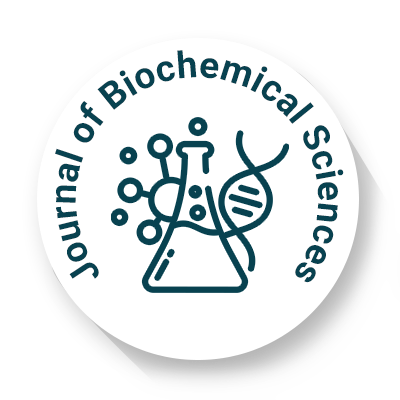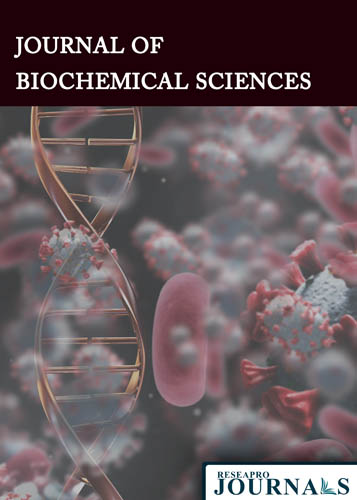
Journal of Biochemical Sciences
OPEN ACCESS

OPEN ACCESS

Department of Pharma Chemistry, Institute of Pharmacy and Technology, Cuttack, Odisha, India
Department of Biotechnology, MITS School of Biotechnology, Bhubaneswar, Odisha, India
Protein folding is a crucial biological mechanism where linear sequences of amino acids, produced by ribosomes during translation, attain a specific three-dimensional shape that dictates their biological role. Although created as unstructured polypeptides, proteins experience a complicated but carefully regulated process that leads to the formation of secondary, tertiary, and, in certain instances, quaternary structures. This change is directed by the amino acid sequence itself, a principle recognized as Anfinsen's dogma, but is also affected by multiple intra- and intermolecular forces, including hydrogen bonds, hydrophobic interactions, and van der Waals interactions. Correctly folded proteins are crucial for almost all cellular functions, including enzymatic catalysis, signal transduction, structural support, and immune defense. On the other hand, improper or incomplete folding may result in nonfunctional proteins that are either quickly broken down or build up as harmful aggregates, frequently associated with various degenerative diseases like Alzheimer's, Parkinson's, and cystic fibrosis. Grasping the principles and mechanisms of protein folding is therefore essential for both basic biology and practical biomedical research.
Department of Pharma Chemistry, Institute of Pharmacy and Technology, Cuttack, Odisha, India
Department of Biotechnology, MITS School of Biotechnology, Bhubaneswar, Odisha, India